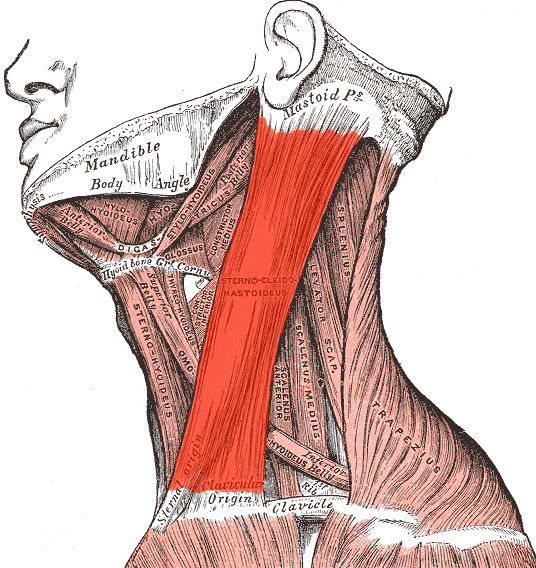Are We Rehabbing the wrong system?
I have recently run across some research that has changed the way we look at some of the rehab we do, especially proprioceptive rehab. Perhaps it will do the same for you.

Posted in: afferentsbiomechanicscirculardiameterdry needlingexercisegaitinstabilityintramuscularintramuscular therapylarge diameter afferentsmusclemusclesneedleneedlingneurologyproprioceptionproprioceptiverehabsacculesemisemicircularsensationsensorystabilizerstimulationsystemtestingtpdnutriclevestibular
The Terrible Trio
beware the gooses foot...
Recalcitrant knee pain just below the medial tibial plateau? Worse with sprints, hills and after running a while? It may be the pes anserine insertion(s).

Posted in: anserinecoronaldry needlinggracilishamstringinsertional tendinitiskneemusclemuscle layersneedlingpessartoriussemisemitendinosisstabilizersuperficialtendinosisterribletpdntrigger point dry needlingtrio
Needle that SCM!
This article goes along well with the last one I published.
 We remember that we have 3 systems that keep us upright in the gravitational plane: The visual system, The vestibular system and the proprioceptive system. As we age, we seem to become more dependent upon the visual system to maintain stability of the head (which is . . .
We remember that we have 3 systems that keep us upright in the gravitational plane: The visual system, The vestibular system and the proprioceptive system. As we age, we seem to become more dependent upon the visual system to maintain stability of the head (which is . . .
Posted in: acupuncturecervical instabilitycleidoclinical testmastoidscalenescalenesscmsemicircularsensory nerve fiberssternosternocleidomastoidtrigger point dry needling instructionutriclevertigovestibular
Dry Needling and Dizziness
Posted in: cerebellumcervicaldizzinessnecknucleiitpdntrigger point dry needling seminarvertigovestibular
Are we rehabbing the right system?
I have recently run across some research that has changed the way we look at some of the rehab I do, especially proprioceptive rehab. Perhaps it will do the same for you. We already know that needling can effect balance and proprioception, from some of the articles I have written here, here and here.

Posted in: afferentsbalancecervical instabilitychangesdiameterdry needlingdysfunctioninstabilitylarge diameter afferentslumbarlumbar instabilitymuscleneedlingproprioceptionproprioceptivequadratus lumborumsensationsensoryspinal instabilitysternocleidomastoidsystemtpdnvestibular
Dry Needling and Muscle testing
Do you do manual muscle testing on your patients before needling?
We all evaluate our patients; hopefully on the table as well as observation while weight bearing. Here is some food for thought...
When your patient or client is lying on the table (or wherever you are evaluating them), do you pay attention to where their head is in space (ie the position of their head)? Why should you care?
. . .
Posted in: canalscirculardry needling coursedry needling seminarheadmuscleneedlingpositionsacculesemisemicircularsystemtestingtpdnutriclevestibular
Why do we look down sometimes?
especially when things get challenging....
While working with a patient with runners dystonia the other day, I had one of those epiphanies. I thought I would share it with you here. Here is some food for thought.
We remember that we have 3 systems that keep us upright in the gravitational plane: The visual system, the vestibular system and the proprioceptive system. As . . .
Posted in: balancecleidogaitmastoidscmsternosternocleidomastoidsuboccipitalsuboccipital musclessystemtrapeziusvestibularvision
Cover image credit: http://wallpapershacker.com/skulls_sketches_skeletons_spine_drawings_hd-wallpaper-1015286/
